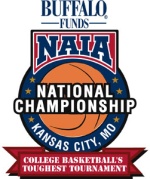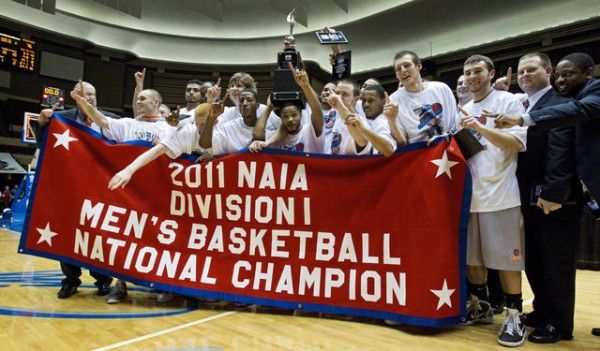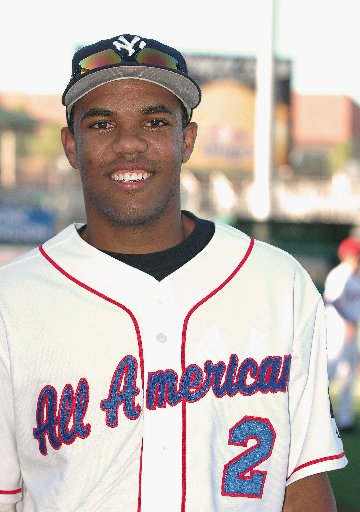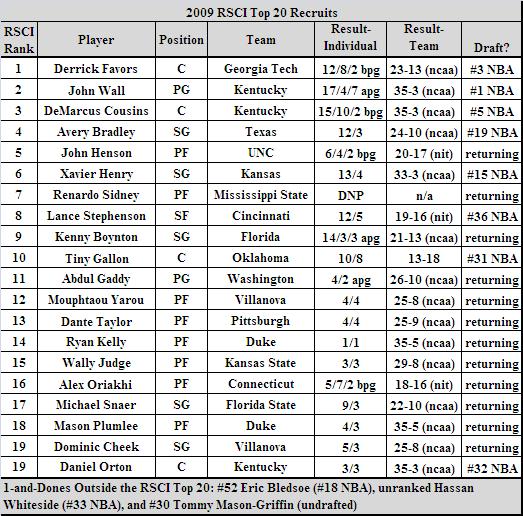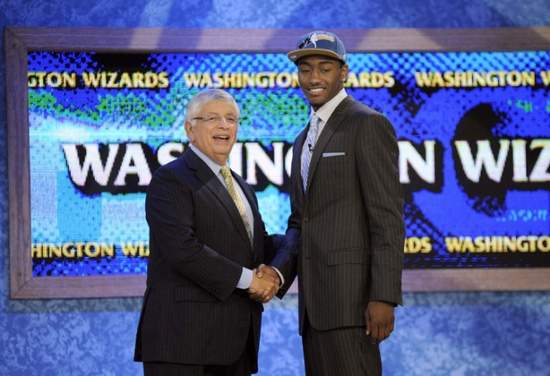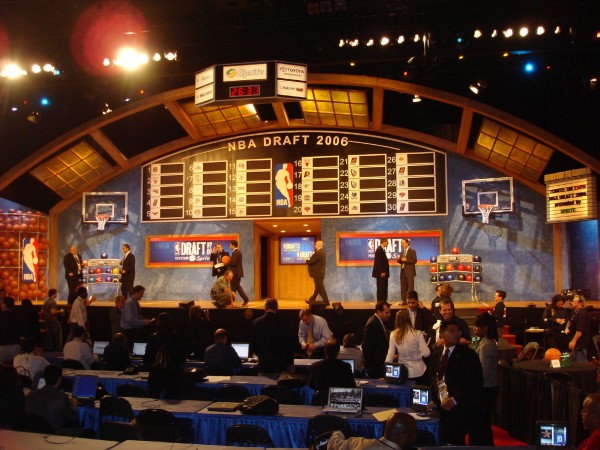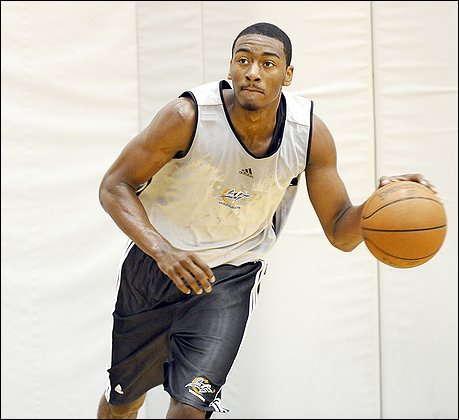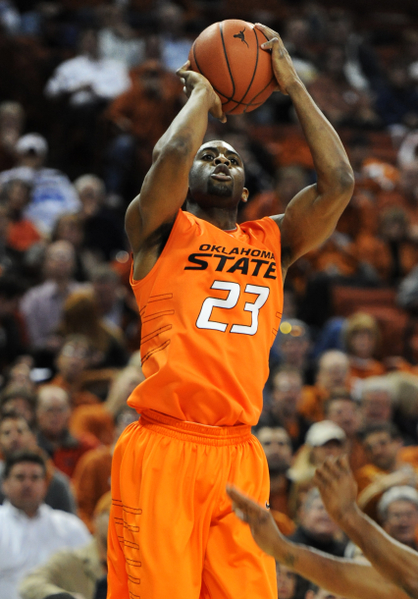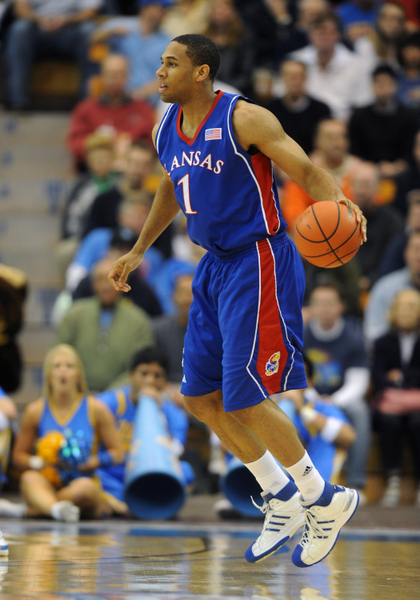Bill Self’s Coaching Plus Elite Talent is a Scary Proposition
Posted by BHayes on October 9th, 2013Bennet Hayes (@HoopsTraveler) is a national columnist.
Tweets that end with a hashtag of “#RockChalk” are not hard to find in the Twitterverse, but one in particular had to bring a smile to the face of Bill Self and Kansas fans everywhere on Tuesday. Kelly Oubre, one of the top prospects in the prep class of 2014, announced his commitment to Self and KU yesterday morning via social media.
Blessed to say that I have Committed to Kansas University !! #RockChalk
— Kelly Paul Oubre Jr. (@K_Ctmd22) October 8, 2013
The Findlay Prep (NV) wing, who now looms as the natural replacement on the wing for presumptive one-and-done Jayhawk freshman Andrew Wiggins, is another huge get for several reasons. Oubre (#10 in RSCI’s summer rankings for the class of 2014) is a significant coup for Self, a coach whose recruiting efforts – at least in terms of the star power at the top of the rankings – haven’t always matched up with the prodigious success his teams have enjoyed on the court. This isn’t to say the Jayhawks have been winning multiple Big 12 titles and making Final Fours with two-star recruits from western Kansas, but with the Wiggins/Wayne Selden/Joel Embiid class now on campus and this commitment from Oubre for next season also in the books, Self and Kansas should be taken more seriously than ever as major players in the recruitment of the nation’s top prospects.
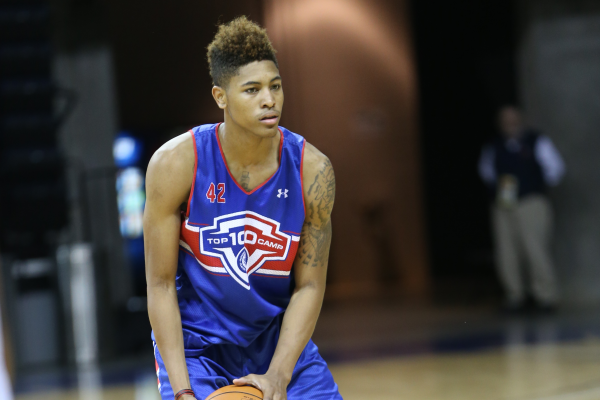
Kelly Oubre, A Consensus Top-15 Prospect In The Class Of 2014, Is The Latest Highly Regarded Prep Star To Commit To Bill Self And Kansas
According to RSCI Hoops, prior to this year’s incoming class, Kansas had landed just two consensus top-20 recruits (Xavier Henry and Josh Selby) since 2007. Of course, that number may as well have been one, as class of 2010 guard Selby never realized the potential he flashed during his high school days, averaging only 7.9 PPG in one disappointing season in Lawrence. For an interesting frame of reference, intrastate rival Kansas State — a program with nowhere near the hardwood history as KU — has recruited just as many top-20 players in that span. For (mostly) better or worse, Self simply hasn’t chosen to draw from that group of elite talents as often as the other national programs — granted, part of the reason for that may be some light reluctance on the side of the blue-chippers — but he has seemed pretty comfortable building winning teams without so many prep superstars dotting his roster.





























